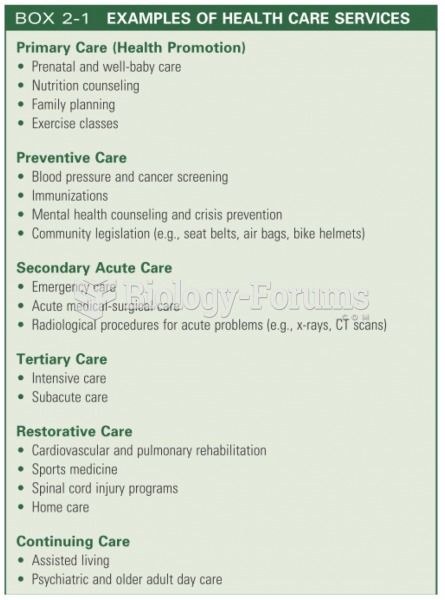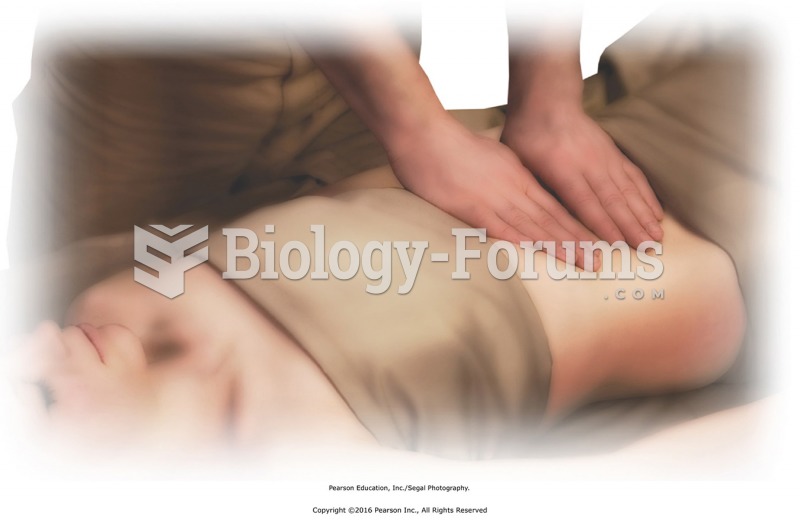Answer to Question 1
1, 2, 3, 4, 5
Explanation: 1. Care coordination is essential to patient-centered care. Case management, clinical pathways, practice guidelines, disease management, and care maps all have coordination as a basis of their development.
2. Care coordination is essential to patient-centered care. Case management, clinical pathways, practice guidelines, disease management, and care maps all have coordination as a basis of their development.
3. Care coordination is essential to patient-centered care. Case management, clinical pathways, practice guidelines, disease management, and care maps all have coordination as a basis of their development.
4. Care coordination is essential to patient-centered care. Case management, clinical pathways, practice guidelines, disease management, and care maps all have coordination as a basis of their development.
5. Care coordination is essential to patient-centered care. Case management, clinical pathways, practice guidelines, disease management, and care maps all have coordination as a basis of their development.
Answer to Question 2
1, 2, 4
Explanation: 1. Not having the correct resources is a source of frustration and has a negative impact on coordination of care.
2. Not being able to communicate is a source of frustration and has a negative impact on coordination of care.
3. Coordination is more effective when those involved have a better understanding of their respective roles and work stresses.
4. Staff who are not willing to listen or include others will find coordination difficult.
5. Working together to solve a problem is a positive step toward coordination of care.







